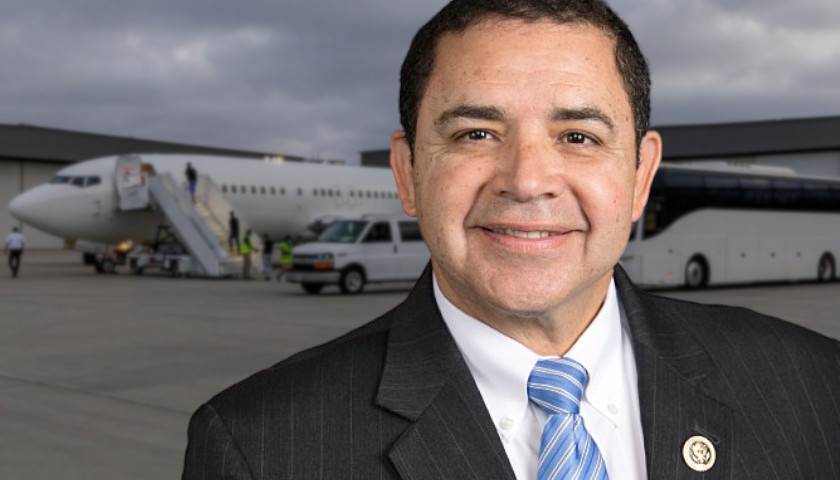According to recent data from the center-right Tax Foundation, Connecticut taxpayers continue to shoulder nearly the highest revenue burdens of anyone in the U.S.
As stated in a report titled “State and Local Tax Burdens, Calendar Year 2022,” the average state resident paid 15.5 percent in combined state and local taxes last year. That places Connecticut second among all states in that category, second only to New York, which claims 15.9 percent of residents’ annual earnings on average. Neighboring Massachusetts and Rhode Island both have tax onuses under 12 percent, hovering around the national mean.
Free-marketers say the Constitution State’s tax policy hampers economic flourishing.
“Connecticut has struggled to recover from every recession since the early 1990s when the state first imposed its personal income tax,” Ken Girardin, director of policy and research at the Hartford-based Yankee Institute (YI), told The Connecticut Star. “And, as the Tax Foundation noted, no state has increased its state and local tax burden more than Connecticut since Tax Foundation records began.”
A policy brief written this week by Girardin’s YI colleague Meghan Portfolio underscores the foundation’s findings that while Nutmeggers’ average tax burden has climbed 3.3 percent from 1977 to the present day, the average tax burden has actually fallen from 11.7 percent to 11.2 percent during that time.
Girardin says Connecticut’s personal income tax and corporate income tax both need to decrease substantially to properly lighten the fiscal load residents now carry. The personal income tax, whose graduated rates now top at 6.99 percent, has been increased three times since 2009 and taxpayers are feeling it even more acutely since the federal government capped the state and local tax deduction. These factors, he said, have disincentivized inward migration and led to more people who live some time of their year out of state to stay away longer.
“If you are someone who already has a second residence in Tennessee or Texas or Florida, there’s a greater advantage than ever to limiting your time in Connecticut to less than six months per year,” Girardin said.
Regarding the corporate tax, he said it is at least equally destructive because it encumbers businesses seeking to hire or invest in the state. He noted this is of particular concern to small businesses that lack the capabilities of large companies to reduce their tax liabilities through credits.
One thing that will not change the status quo significantly is the much-ballyhooed “largest tax cut in Connecticut history” that Governor Ned Lamont (D) signed last month; about half of the roughly $600 million in relief that he approved (e.g. the gas-tax holiday) will sunset at or before the end of this year.
To allow for more meaningful tax reduction, Girardin would like to see public-sector labor policy changed so that governors, department heads, mayors and first selectmen have more discretion to manage their workforces and arrive at more affordable employee contracts. He also wants Connecticut’s level of education spending brought into closer alignment with that of other states, as Connecticut’s K-12 school system spends about 15 percent more per student than Massachusetts does.
“Government doesn’t need to be this expensive,” he said.
– – –
Bradley Vasoli is managing editor of The Connecticut Star. Follow Brad on Twitter at @BVasoli. Email tips to [email protected].




